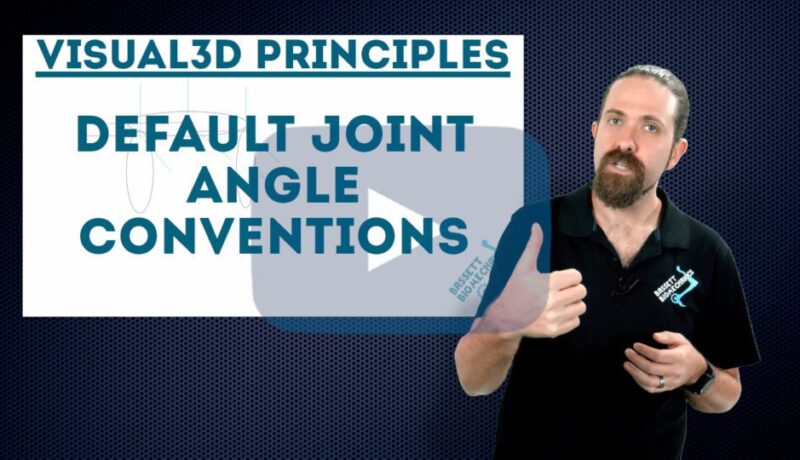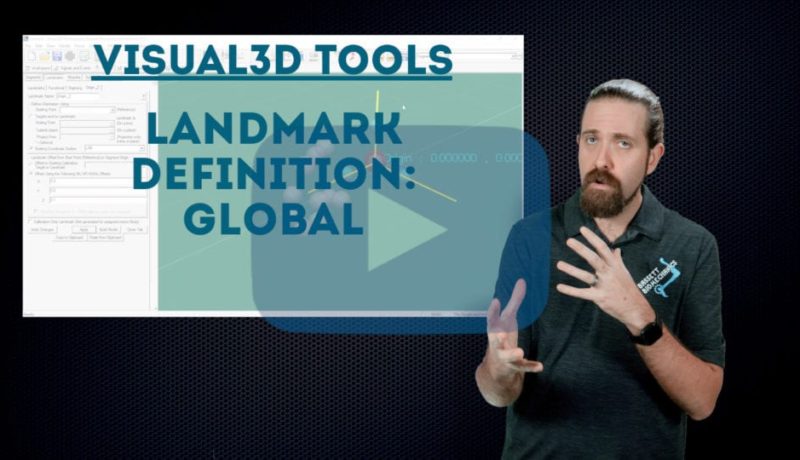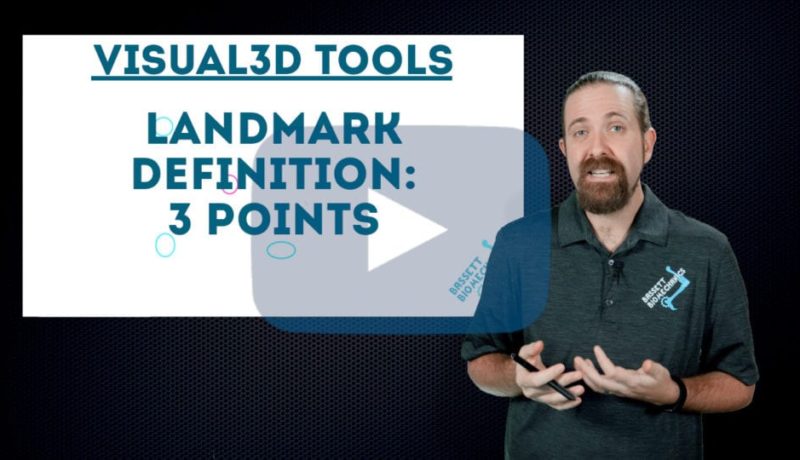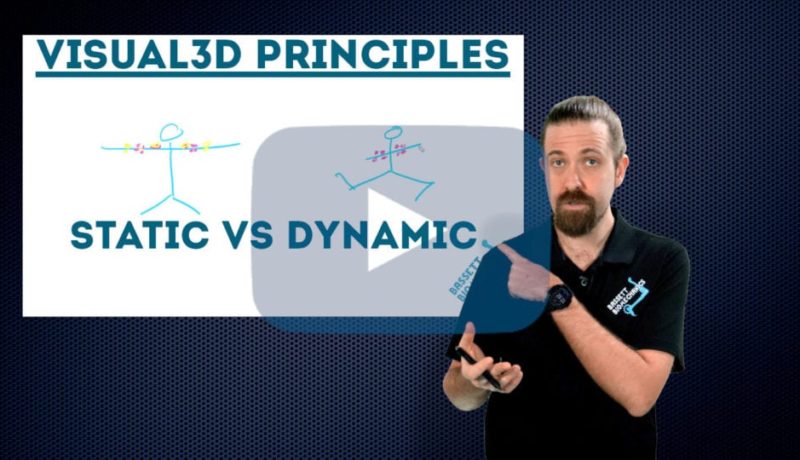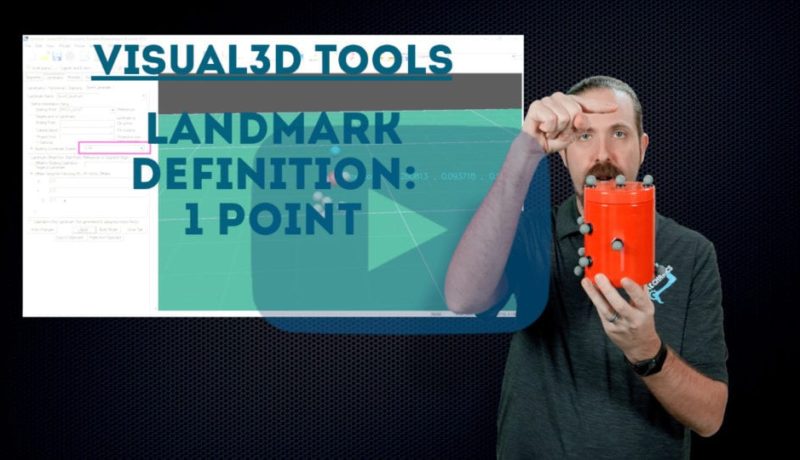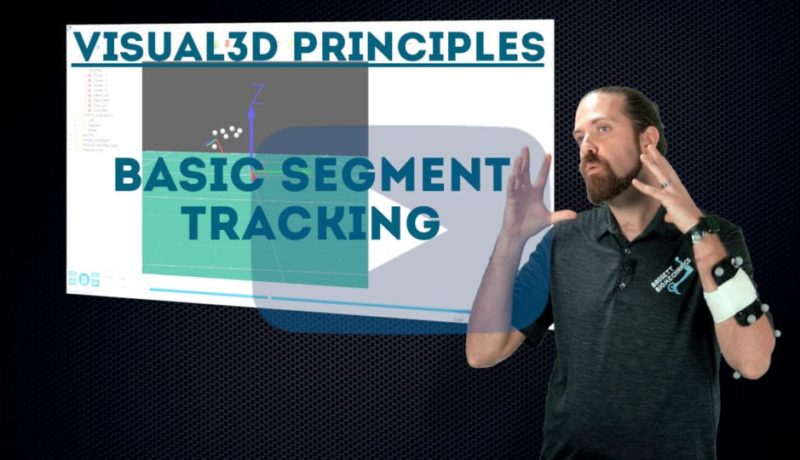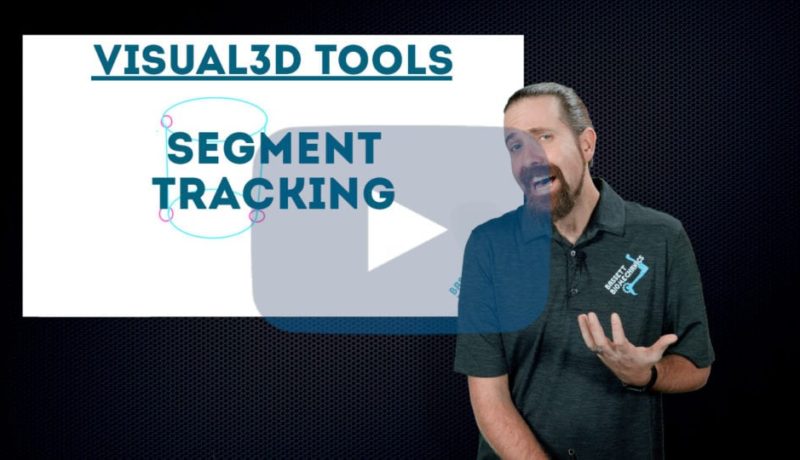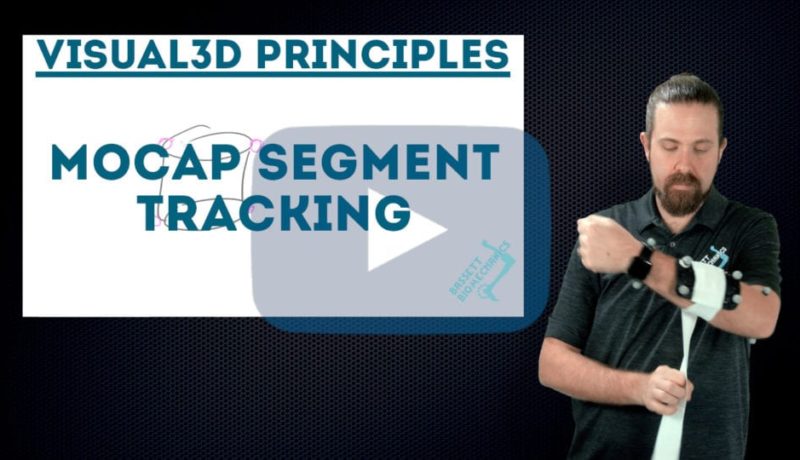Default Joint Angle Conventions
For a full understanding your data, how to perform calculations, and knowing what they mean, it is fundamental to know what the Visual3D default joint angle conventions are. In this tutorial we give an overview of the conventions for the lower body.

